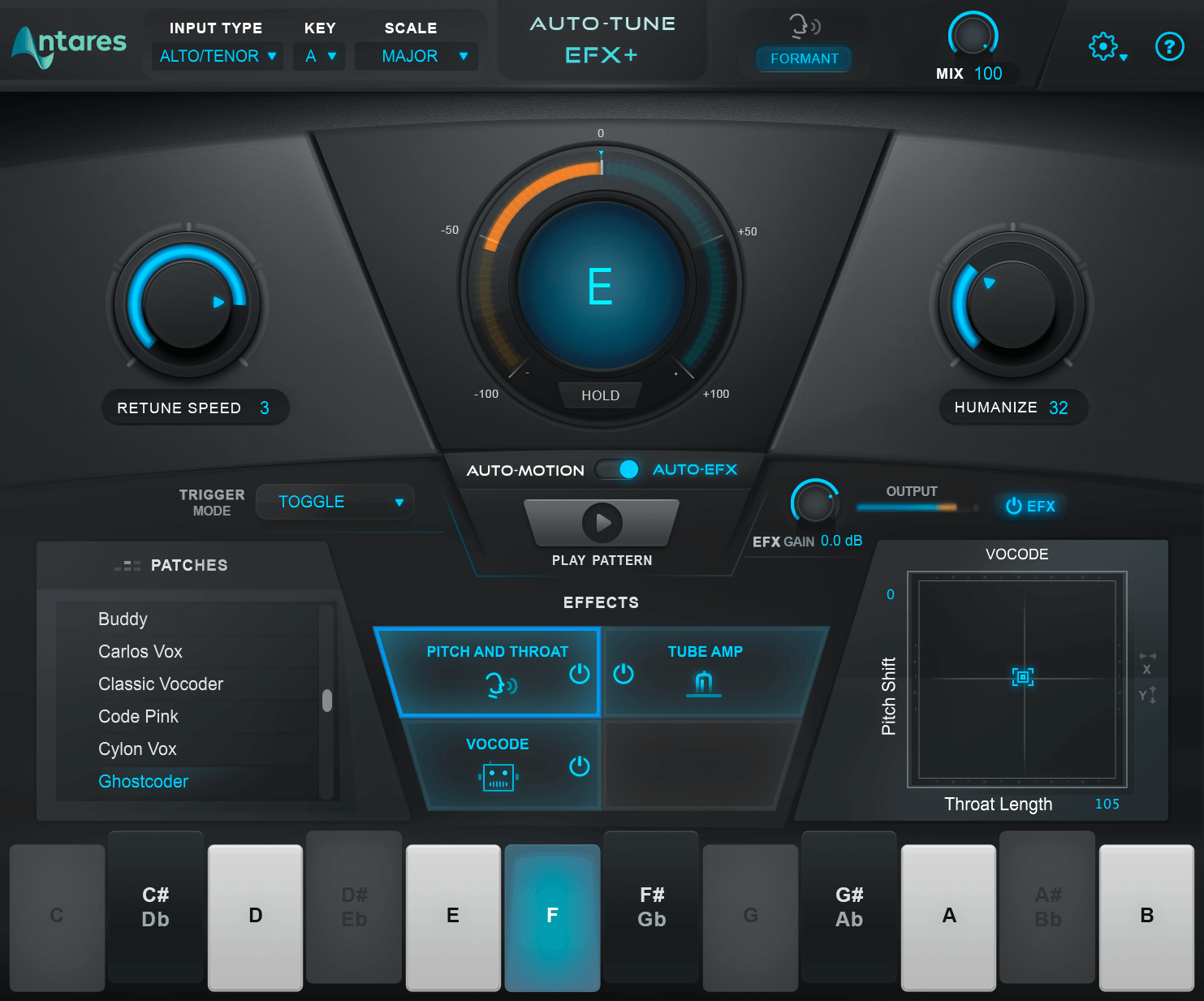
Auto correct in textpad 8 update#
If you have multiple windows and pads on screen there is a moreĮfficient way to update the screen and prevent annoying screen flickerĪs each part of the screen gets updated. That difference, pads are exactly like ordinary windows and support the same Left corner of the displayed section is coordinate (0,0) on the pad. The refresh() call displays a section of the pad in the rectangleĮxtending from coordinate (5,5) to coordinate (20,75) on the screen the upper # (20, 75) : coordinate of lower-right corner of window area to be # : filled with pad content. # (5,5) : coordinate of upper-left corner of window area to be filled # with pad content.

# (0,0) : coordinate of upper-left corner of pad area to display. addch ( y, x, ord ( 'a' ) + ( x * x + y * y ) % 26 ) # Displays a section of the pad in the middle of the screen. newpad ( 100, 100 ) # These loops fill the pad with letters addch() is # explained in the next section for y in range ( 0, 99 ): for x in range ( 0, 99 ): pad.


Requires the pad’s height and width, while refreshing a pad requires giving theĬoordinates of the on-screen area where a subsection of the pad will be Screen, and only a portion of the pad displayed at a time. Stdscr.refresh() or the refresh() method of some other relevantĪ pad is a special case of a window it can be larger than the actual display Redrawn before pausing to wait for user input, by first calling All you have to do is to be sure that the screen has been Of activity, and then pause waiting for a keypress or some other action on the Really complicate programming with curses much. In practice, explicitly telling curses to redraw a window doesn’t There’s no need to send the original text because they’re never Program displays some text in a window and then clears the window, Instead cursesĪccumulates changes to the screen and displays them in the mostĮfficient manner when you call refresh(). Time required to redraw the screen was very important. Terminal connections in mind with these terminals, minimizing the This is because curses was originally written with slow 300-baud Refresh() method of window objects to update the When you call a method to display or erase text, the effect doesn’t Legal coordinates will then extend from (0,0) to Your application can determine the size of the screen by using theĬurses.LINES and curses.COLS variables to obtain the y and This is an unfortunate difference from most other computerĪpplications, but it’s been part of curses since it was first written, This breaks the normalĬonvention for handling coordinates where the x coordinate comesįirst. Note that the coordinate system used in curses is unusual.Ĭoordinates are always passed in the order y,x, and the top-leftĬorner of a window is coordinate (0,0). newwin ( height, width, begin_y, begin_x )
Auto correct in textpad 8 full#
Use the same API as curses but provides cursor-addressable text outputĪnd full support for mouse and keyboard input.īegin_x = 20 begin_y = 7 height = 5 width = 40 win = curses. A ported version called UniCurses is available. The Windows version of Python doesn’t include the curses Versions of curses carried by some proprietary Unixes may not support Since most current commercial Unix versions are based on System VĬode, all the functions described here will probably be available. Open-source Unix such as Linux or FreeBSD, your system almost certainly uses Open-source implementation of the AT&T interface. Is no longer maintained, having been replaced by ncurses, which is an Versions of Unix from AT&T added many enhancements and new functions. The curses library was originally written for BSD Unix the later System V Or dialogs if you need such features, consider a user interface library such as cursesĭoesn’t provide many user-interface concepts such as buttons, checkboxes, Need to be sent to the terminal to produce the right output. The contents of a window can beĬhanged in various ways-adding text, erasing it, changing itsĪppearance-and the curses library will figure out what control codes Programmer with an abstraction of a display containing multiple The curses library provides fairly basic functionality, providing the Installers and kernel configurators that may have to run before any One niche is on small-footprint or embedded True that character-cell display terminals are an obsolete technology,īut there are niches in which being able to do fancy things with themĪre still valuable. In a world of graphical displays, one might ask “why bother”? It’s

Different terminals use widely differingĬodes, and often have their own minor quirks. To perform common operations such as moving the cursor, scrolling the Display terminals support various control codes Include VT100s, the Linux console, and the simulated terminal providedīy various programs. Keyboard-handling facility for text-based terminals such terminals The curses library supplies a terminal-independent screen-painting and


 0 kommentar(er)
0 kommentar(er)
